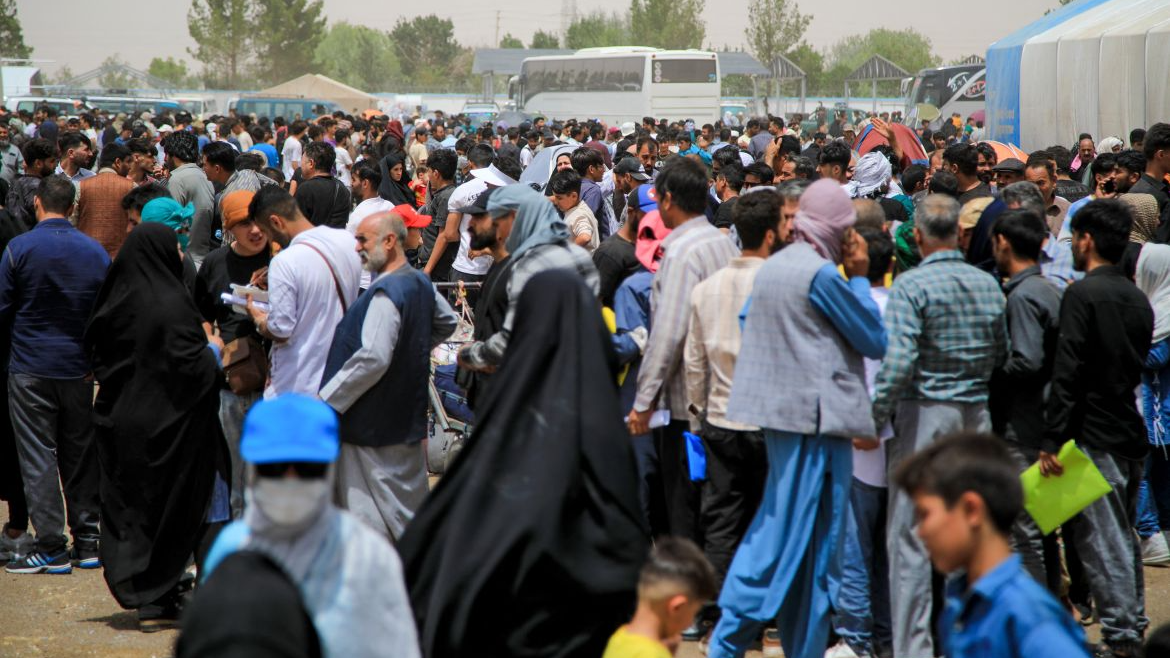Departure of Afghanistan Migrants from Iran: Need for Realistic and Fair Narrative
DIDPress: Ignoring the Islamic Republic of Iran’s decades-long history of hosting Afghanistan population is a grave injustice to historical facts. From 1979 to the present day, despite enduring war, sanctions, economic crises, and international pressure, Iran has welcomed millions of Afghanistan citizens, providing them with education, healthcare, social services, and even citizenship opportunities.

In recent weeks and months, the return or departure of a significant number of Afghanistan migrants from Iran has sparked widespread reactions in the media and social spheres of both countries. However, a realistic analysis of these developments requires a deeper understanding of the underlying factors and hidden narratives behind this media wave.
First, it must be emphasized that much of the current media onslaught is part of a coordinated and deliberate campaign against the historical and fraternal ties between Iran and Afghanistan. On one side, certain hostile foreign media outlets propagate selective and unsubstantiated claims to sow division, while on the other, a small anti-immigrant faction within Iran fuels these narratives.
The reality is that many reports of “systematic mistreatment” of Afghanistan migrants are either false or deliberately distorted. A significant portion of those leaving Iran are doing so voluntarily, while others are returning due to the normal enforcement of residency laws—a common and legal practice in all countries.
To better understand the issue, we must examine the root causes of mass migration from Afghanistan. The Afghanistan migration crisis to Iran was initially triggered by the U.S. withdrawal from Afghanistan and the collapse of its fragile political order in 2021. The U.S. not only abandoned its allies but also, by unilaterally transferring power to the Taliban caretaker government, created widespread instability, driving elites, journalists, women, and the middle class to flee. The Taliban’s failure to form an inclusive government, its disregard for legitimate governance, and its ethnonationalist approach have further eroded public and international trust. The result has been an unprecedented wave of migration, with Iran, as always, bearing the brunt of the burden.
Overlooking Iran’s decades-long record of hosting Afghanstan migrants is a disservice to history. Despite immense challenges, Iran has provided refuge, education, healthcare, and even citizenship to millions—rooted in the civilizational, religious, cultural, and linguistic bonds between the two nations. This hospitality must be preserved as a vital asset for both countries’ futures.
That said, every nation has the right to address illegal migration to safeguard its internal security—a standard and lawful practice worldwide. Iranian authorities, amid current sensitivities, have a duty to protect national security, a right that should not be conflated with misconduct or unfair generalizations.
A balanced perspective is essential: while Iran’s historical hospitality must be acknowledged, its legitimate security measures should also be understood. Strengthening bilateral diplomacy and cooperation, grounded in shared heritage, remains the best path forward.